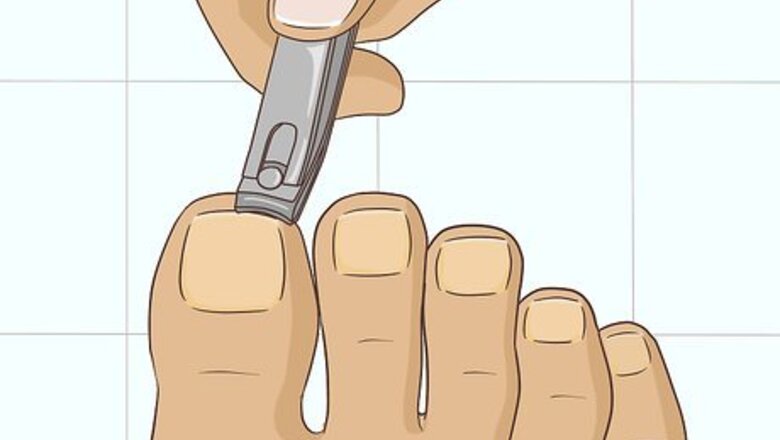
views
Wearing Antifungal Nail Polish
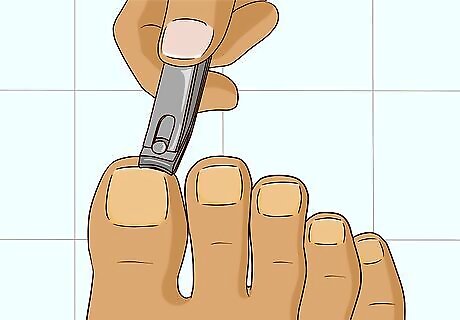
Trim your nails. It is important to keep your nails trimmed and neat. Keeping your nails short will help keep the fungus from spreading. Use specialized clippers if your nails have become too thick. Wash your clippers with rubbing alcohol in between uses to prevent the fungus from spreading.
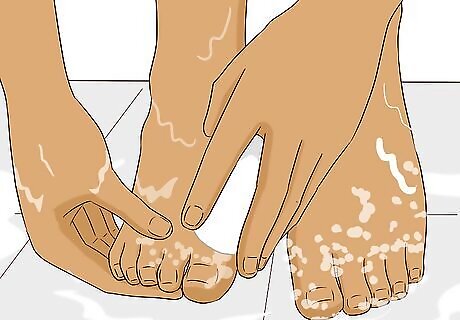
Wash your nails. Use soap and water, focusing especially on clearing your nails and cuticles of any grime or dirt.
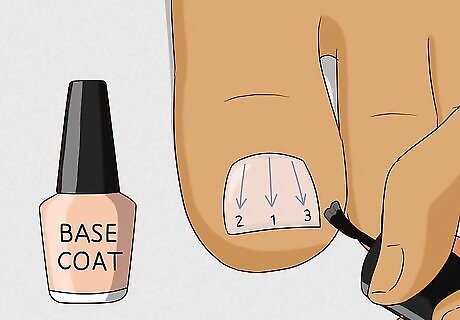
Apply a base coat. Use a small brush to spread the base coat across the nail. This will prevent your nails from stains and anchor the polish to your nail. Bring the brush down the middle of your nail in one, even stroke. Don't try to cover the entire nail with this one stroke. Then, starting from the same position as the first stroke, bring the brush down at an angle, covering the left side of your nail. Repeating this process, place your brush at the same starting point and brush the right side of your nail. Allow time to air dry.
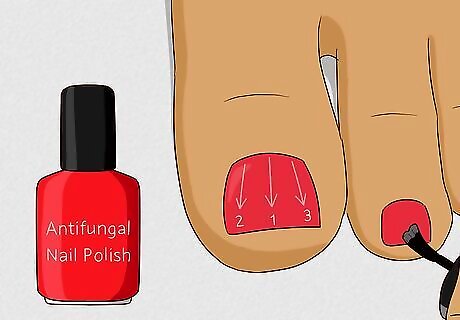
Apply an antifungal nail polish. Starting at the base of your nail, use a downward stroke to apply an even coat of nail polish to the middle of your nail. Using the same technique as before, place the brush at the same starting point at the base of your nail and brush down at an angle, covering the left side of your nail. Repeat this process for the right side of your nail. Be sure that the strokes are even and that no nail polish is pooling on your nail.
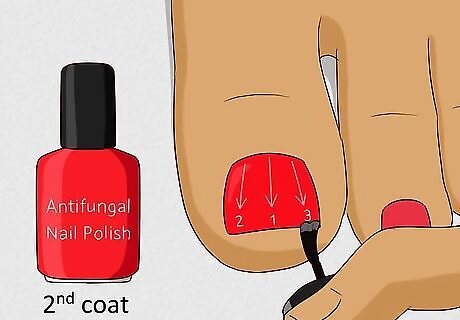
Apply a second coat of nail polish. Using the same downward strokes, spread the nail polish evenly across the nail until the color is more solid. Air dry your nails for 3-5 minutes.
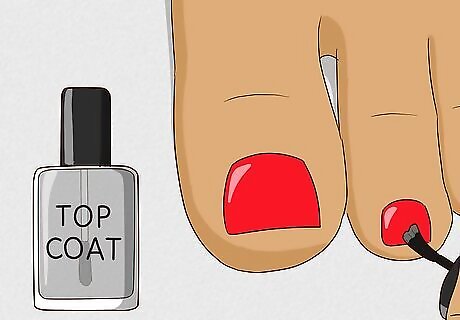
Apply a topcoat. The topcoat will seal the polish onto your nail as well as add a nice shine. Repeat the same technique for applying the nail polish. Allow time to dry and be careful not to smudge the polish while it is still drying.
Wearing Breathable Footwear
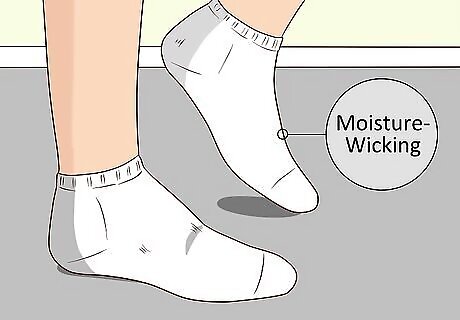
Wear moisture-wicking socks. Fungal infections grow in moist places. Wearing socks and shoes all day can cause fungal growth and will prevent you from getting rid of the infection. Use moisture-wicking socks for an easy fix to this problem. The moisture-wicking technology will keep your toes dry and keep your fungus in check.
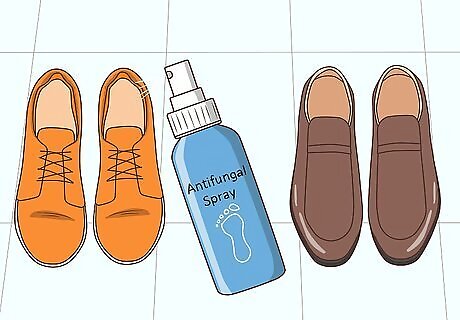
Spray your shoes with antifungal spray. Another place fungus loves to grow is in those sweaty workout shoes. Try to switch shoes every day and continue to spray them with antifungal spray regularly. This will help prevent the spread of the infection and will keep your feet dry throughout the day.
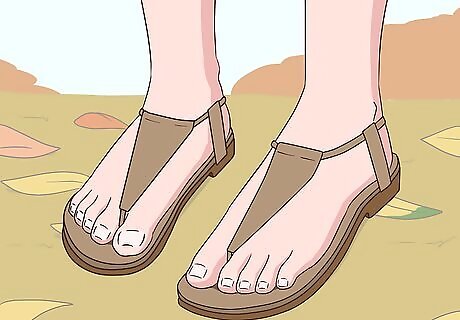
Wear sandals as much as you can. While your first instinct may be to hide your fungal infection, letting your toes breath is actually the best thing you can do for them. Your fungal infection will heal quicker the more you allow your toes fresh air.
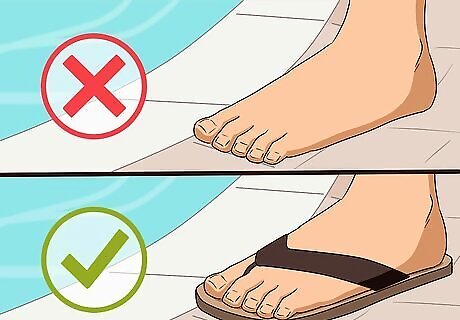
Avoid public places while barefoot. Fungal infections can spread in public places like pools or locker rooms. Wear sandals while showering to ensure that you don't catch athlete's foot or any number of fungal infections.
Treating Nail Fungus

See your doctor for treatment recommendations. Toenail fungus can look like other conditions such as psoriasis. A doctor will run tests and determine what is causing the fungus and the best way to treat it. There are several different treatments for fungal infections. Your doctor will determine which is the best course of action for you.

Take oral antifungal medication for the most effective approach. Oral antifungal medication is often the best way to go as it seems to be more effective than topical creams. The medication will allow a new nail to grow fungus free, replacing your old nail. The process could take a few months, sometimes up to four. There are some side effects that come with anti fungal medication, such as skin rash or liver damage. These drugs are not recommended if you have liver damage or congestive heart failure.
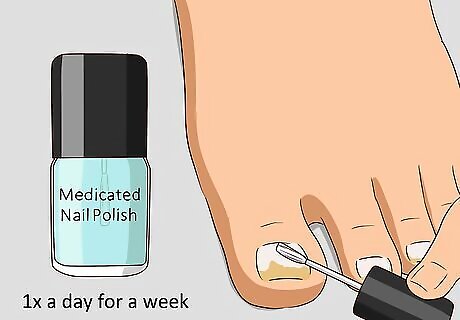
Use medicated nail polish for a more gradual solution. Coat your nails with the medicated polish once a day for a week. At the end of the week, clean your nails with alcohol and a cotton ball. This medication could take up to a year to be fully effective.
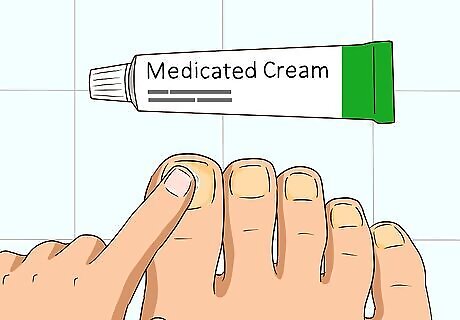
Use a medicated topical cream if you have thin nails. After soaking your nails in hot water, apply the topical cream to the afflicted areas. Topical creams work best against a thin nail. Use a nonprescription lotion containing urea on the surface of your nails to thin the nail. This allows the cream to penetrate the inside of your nail easier and will help to fight the fungal infection for effectively.
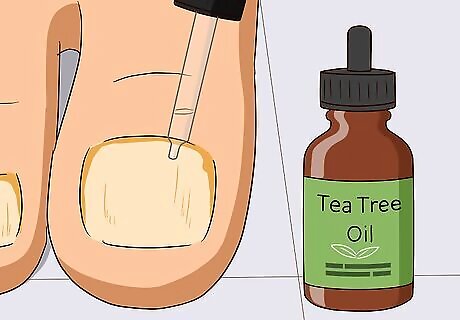
Apply easy home remedies. Tea tree oil or coconut oil both contain antifungal properties. Use these readily available home remedies to help fight your fungal infection.


















Comments
0 comment